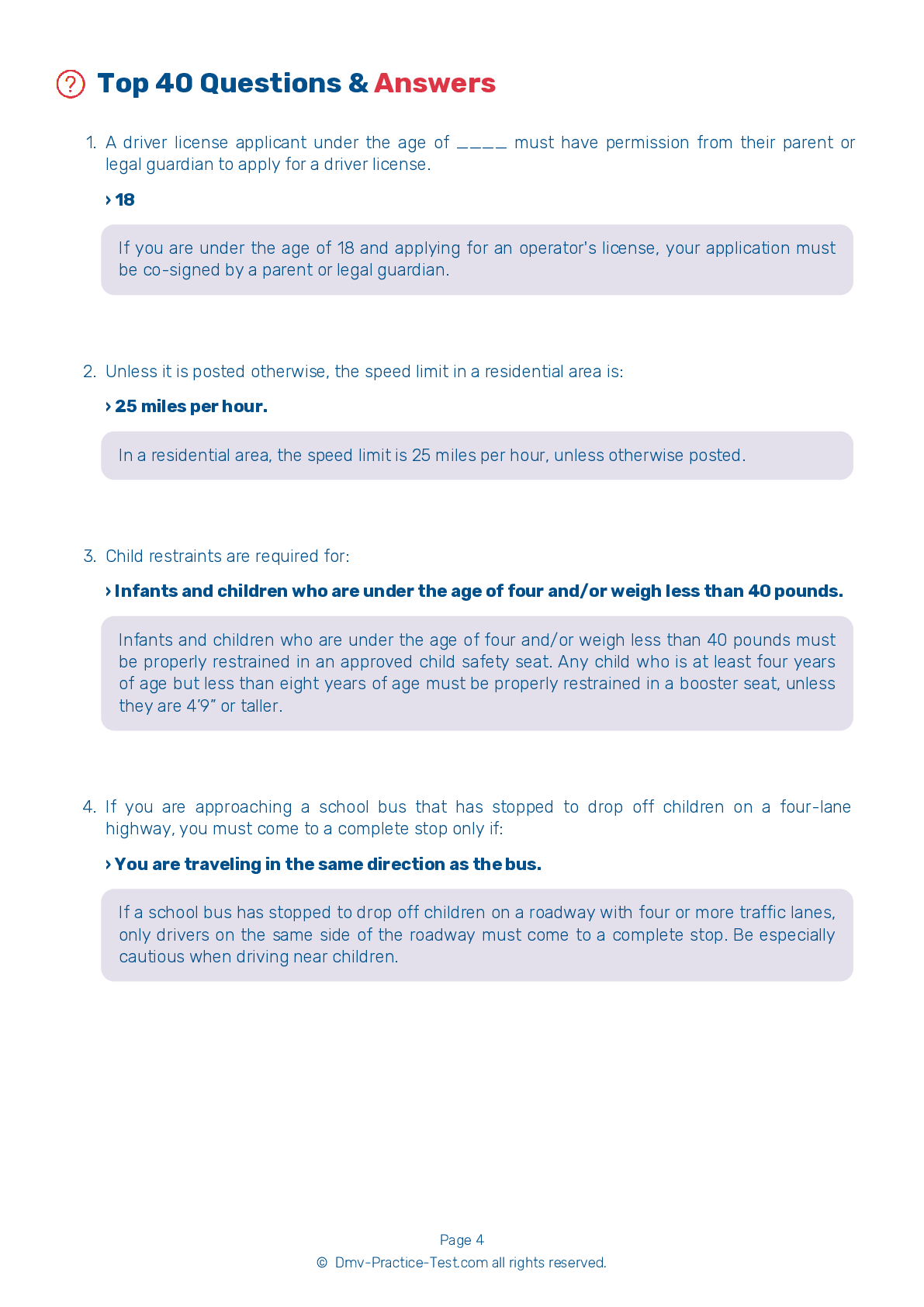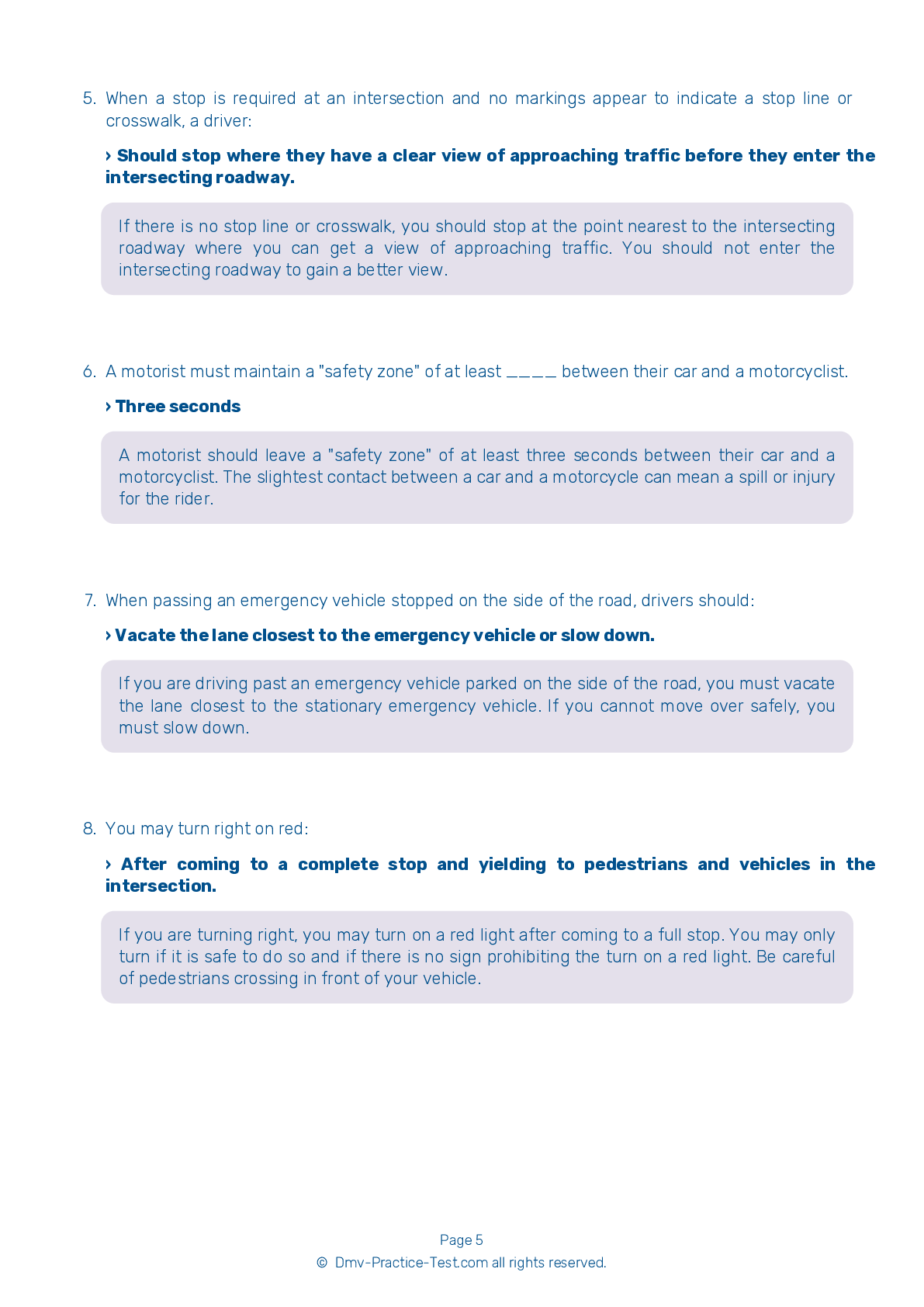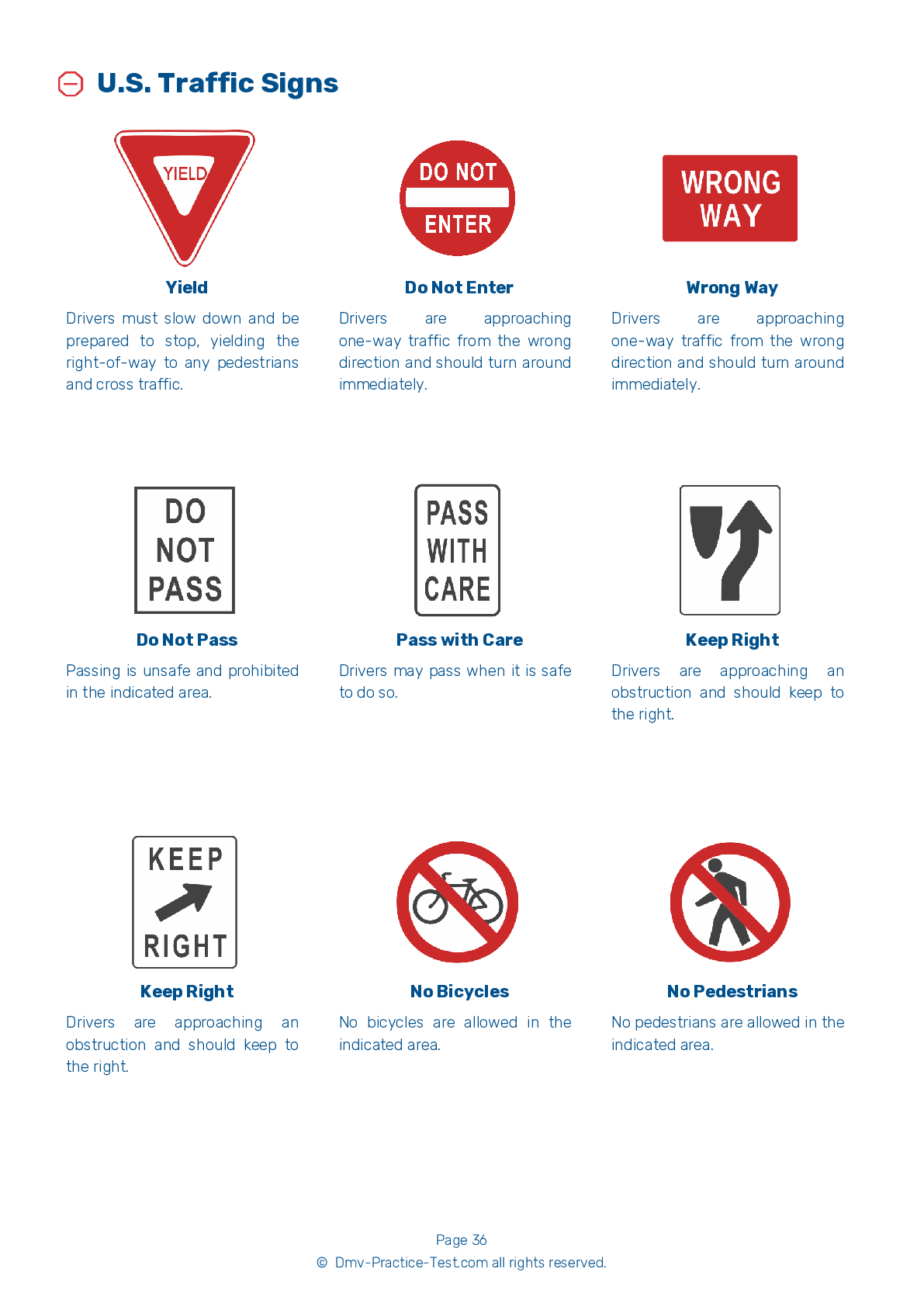FREE Ohio DMV Practice Test #1
The practise exams for Ohio's DMV have been revised for January 2025. It comprises questions based on the most important traffic signals and laws for 2025 from the Ohio Driver Handbook. To study for the DMV driving permit test and driver's licence exam, use actual questions that are very similar (often identical!) to the DMV driving permit test and driver's licence exam.
Each question on the practise exam has a tip and explanation to help you recall the ideas. Questions about traffic rules, traffic signs, and driving statutes, as well as knowledge from the Driver Handbook, will be included in the written portion of the official Ohio DMV test.
You must properly answer 35 of the 40 questions to receive a passing mark. To help you prepare for your instruction permit or driver's licence, take this practise test from the Ohio Department of Motor Vehicles.
The DMV exam is offered in a variety of languages.
Using any form of testing help will result in an automatic fail, and the DMV may take further action against your driver's licence, so avoid it.
1 . This sign means:
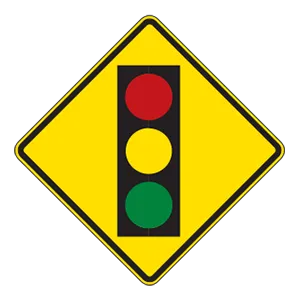
Warning signs prepare drivers for upcoming road conditions and hazards and are usually yellow with black markings. This sign alerts drivers to an upcoming traffic signal. They should be prepared to respond to a yellow light, red light, and/or cross traffic.
2 . Your ability to stop is affected by:
Your ability to stop is greatly affected by the condition of the road. You need to reduce your speed when road conditions are poor in order to maintain control of your vehicle. You will be at risk if you are driving too quickly on roads that are slippery and you need to stop.
3 . This road sign means:
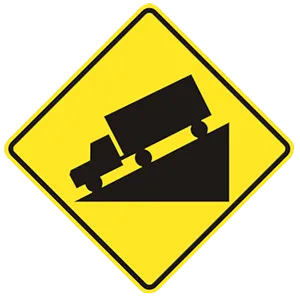
This sign indicates that a steep downhill grade is ahead.
4 . This sign means:

Warning signs are usually diamond-shaped with black markings on a yellow background. They alert drivers to upcoming hazards. This sign warns drivers to be extra careful when the pavement is wet because the road may become slippery, making vehicles more difficult to control.
5 . When is it illegal to drive below the speed limit?
It is illegal to drive so slowly that you disrupt the normal flow of traffic. You may receive a citation for driving too slowly.
6 . This sign means:

Warning signs are used to warn drivers about upcoming hazardous conditions and are usually yellow with black markings. This sign tells drivers that they are approaching a school zone and that they should slow down and watch for children.
7 . This road sign means:
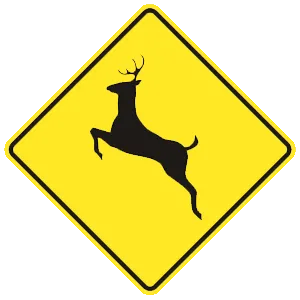
This sign warns that deer cross the roadway in the area. You should slow down, be alert, and be ready to stop.
8 . This sign means:


